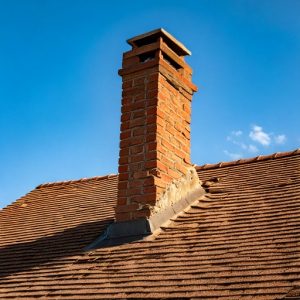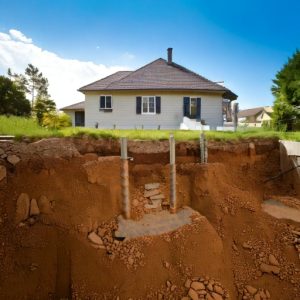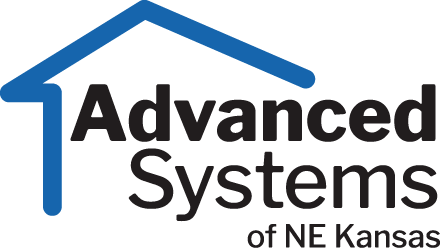Seasonal foundation issues are brought on by melting snow, cold temperatures, and late blizzards. Cold weather can have several different effects on your foundation. Find out how to recognize the warning signs of a foundation that has been harmed by cold weather and how to prevent them in the future.
The Cycle of Freezing and Thawing
In certain places, the winter months are consistently covered in snow and ice. Cycles of freezing and thawing, on the other hand, are significant seasonal foundation issues in regions where the temperature varies throughout the year. Water penetrates into the porous concrete foundation during the thaw period. It expands as it freezes, causing your foundation walls to break. Water then slips into the fractures during the subsequent thaw and repeats the process, causing further harm.
This may also take place if you have a lot of snow that melts gradually over time. Guttering should transport the snow that accumulates on your roof and around your home away from the foundation. The snow melt, on the other hand, will fall right near to your foundation if your gutters are still overflowing with fallen leaves or become clogged by ice. Cracks, sinking, and foundation settlement may result from this.
The Cold Air May Be Drying Out the Soil
The dirt around your foundation is being dried out by the cold winter air, which is another seasonal foundation worry. The soil loses all moisture as the weather gets colder and colder. The earth shrinks and starts to break as it dries up. This indicates that the dirt is moving away from your foundation, leaving it with little to no support, which is exceedingly dangerous for your foundation wall. Your foundation can shift as a result of shrinking soil, which would reduce the stability of your house.
Erosion
Sleet and snowmelt gradually erode the soil surrounding your home as they melt. If you have a slope in your yard to divert water away from your foundation, over time the water might erode the slope and reduce its usefulness. Furthermore, erosion can be brought on by gutters that are improperly installed, have a tendency to overflow, or become clogged because they are not effectively diverting water away from your home.






